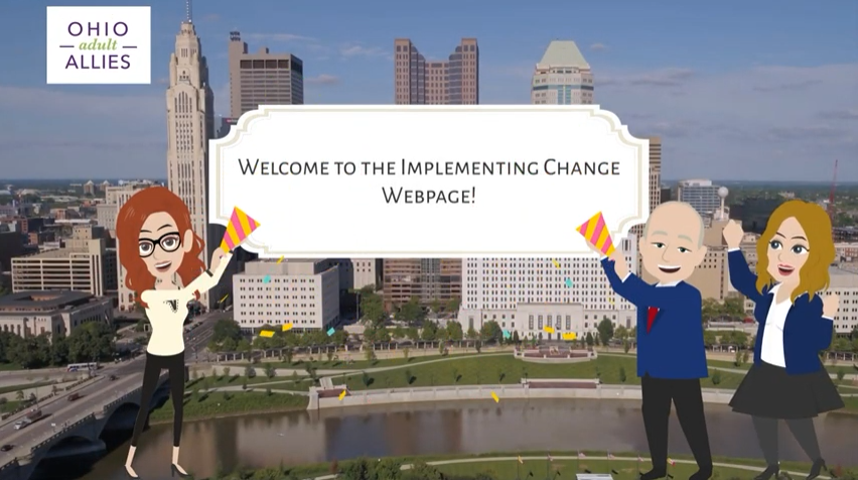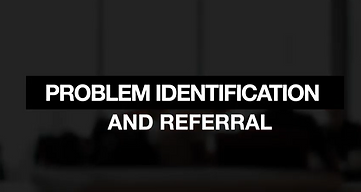Welcome! A key element in youth-led programs (YLP) is making change happen. This change is facilitated through evidence-based strategies. The Center for Substance Abuse Prevention (CSAP) identified six strategies for implementing prevention activities: community-based process, environmental, prevention education, information dissemination, alternative activities, and problem identification and referral. YLP is unique in how it is defined as a community-based process. Community-based process and the other five strategies, when implemented together, have been shown to be effective in creating change.
To support those interested in implementing community change, we created a series of resources to be used by youth and adult allies engage in YLP. Watch this short introductory video to see how these resources can be used by YLP to implement community change.
How do adult allies support youth in implementing community change?
Visualizing Evidence-Based Strategies
This infographic outlines the six CSAP strategies and how they can be implemented by YLP. How will YOU use these strategies to implement change in YOUR YLP?
Briefing Papers
These briefing papers, written by professionals in the field, provide a high-level overview of three of the six CSAP strategies used by YLP to implement change. How will YOU use these papers to inform YOUR YLP?
Community-Based Process
Environmental Strategies
Prevention Education
Webinar
This webinar outlines how to effectively engage youth in Problem Identification and Referral, including real-life examples in implementing policies and procedures. How will YOU use this webinar to engage youth in this strategy?
Podcast
This podcast features professionals from the field and continues the discussion on how to implement Problem Identification and Referral in YLP. How will YOU use this podcast to further your knowledge on YLP and Problem Identification and Referral?
Voices from the Field: How Adult Allies Are Using These Resources

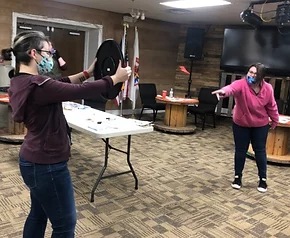
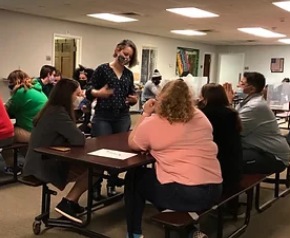
Meagan Joseph
Impact Prevention
Lawrence County
Implementing Change: Infographic & Briefing Papers
When launching youth-led prevention efforts and providing support as an adult ally, it can be overwhelming initially to consider what to actually do to create change. With year-to-year shifts in membership, even well-established teams have unique characteristics and relationships within their environments that may require different approaches from previous years. Resources such as the “Visualizing Evidence-Based Strategies” Infographic and the respective briefing papers related to the CSAP strategies provide valuable insight that can be leveraged in the planning stages, even going so far as to provide detailed examples and case studies. By utilizing these resources, the youth and the implementation efforts are provided a solid structure for success.

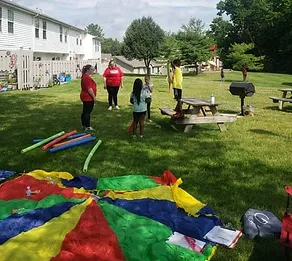
Susan Fithen
Greater Cincinnati Behavioral Health Services
Clermont County
Webinar: Problem ID and Referral for Youth-Led Programs
Problem ID and Referral is an important part of Prevention work. I will use the webinar resource to build my education on policies and procedures and develop them for programming, as well as teaching best practices to youth who will implement strategies within their schools and communities.

Shawn Jeffers
Youth At The Center
Hamilton County
Briefing Papers
Once your youth-led program is established, the next opportunity can be to sustain your group. Sustainability could look like expanding support from stakeholders in your school and/or community or by securing funding to boost your efforts. When approaching stakeholders and funders, strengthen your case by providing evidence that youth-led programs are having a positive impact on young people and their surroundings. Each of the Briefing Papers on this page highlight best practices of youth-led programs and feature a case study making it easy to reference when making your case for support. For instance, the Policy & Advocacy Briefing Paper provides details on how young people were successful in advocating for expanded mental health resources at their school. Youth-led programs are effective and by strategically using these tools your group can operate for years to come.


